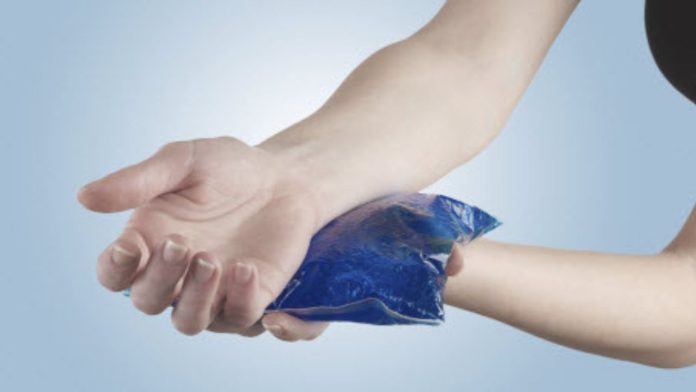Home remedies like ice packs or heating pads are frequently used to treat many types of ailments, aches, and injuries. Although some people might believe that these therapies can be utilized interchangeably, professionals assert that choosing the proper therapy might speed up the healing process. For instance, cold therapy will be more effective in cases of swelling or bruising while heat therapy should be avoided. Heat packs perform wonders when muscles are sore or painful. Here is a professional guide in case you are unsure about which therapy to utilize based on your symptoms.
Let’s first comprehend how hot or cold packs affect our bodies physiologically. This is crucial information to understand because it determines the method that would be used.
How heat treatment works
Heat therapy, such as using a hot pack, raises the body’s core temperature as well as the temperature of the skin and joints. This process also speeds up metabolism, causes vasodilation by improving blood flow, and relaxes muscles by blocking gamma efferent nerve fibers. Additionally, it has analgesic effects.
How cryotherapy works
The effects of heat therapy are the exact opposite of those of a cold pack or cryotherapy. The Lewis Hunting Reaction, which is a rapid increase in blood flow or vasodilatation caused by a reduction in blood circulation, helps to reduce metabolic demand by lowering skin tissue and joint temperature. This promotes quicker healing. Inflammation, muscle spasm, and pain are all reduced by cold therapy.
Therefore, the type of damage or muscular condition determines when to administer cold or hot. depending on the circumstance, the best form of treatment.
1. DOMS
Delayed onset of muscular soreness (DOMS) is commonly referred to as muscle pain or discomfort that develops after engaging in a novel physical activity or an activity that suddenly intensifies. It normally gets worse in the first 24 to 48 hours after the activity, lasts for 72 hours, and then starts to get better. When utilized within 48 hours in this situation, heat treatment is demonstrated to be helpful. The ability of heat therapy to raise skin tissue and joint temperature prevents heat loss, induces vasodilation, and speeds up the metabolism for healing. This is the reason.
2. Acute musculoskeletal injury or ligament, joint, or muscle tension
Ice should be applied early on to help reduce swelling and irritation. Recent research, however, supports Blaise and Esculier’s Peace and Love injury care approach from 2019, which discourages the use of ice in favor of P- Protection E- elevation. A. Not using anti-inflammatory medication compression (C) E- education & L- load O- optimism V- Vascularisation E- Exercise.
However, icing might be used if swelling is seen to be more severe in any of these acute injuries. Ice is advised against in simple sprains or strains that do not entail significant swelling or edema.
3. Persistent joint or muscular discomfort
Hot therapy is indicated for problems like chronic knee, back, or neck discomfort, among others. specifically in cases like rheumatoid arthritis or any form of joint arthritis.
4. Muscle tightness or joint stiffness
Hot therapy is suggested in these circumstances because it affects tissues and connective tissue distention, increases tissue and joint flexibility, reduces synovial fluid viscosity, and improves tissue and joint flexibility.
5. Period pain
Uterine contraction is the cause of menstrual pain. When placed on the lower belly, hot packs assist in relaxing the abdominal and uterine muscles. Vasodilation has the effect of boosting blood flow to the pelvic area, which lessens pain.
6. Labor ache
Again, it is advised to use heat rather than cold compresses during labor discomfort. Hot packs should be applied to the lower back rather than directly to the lower abdominal muscles, though. Based on the pain gate theory, the heat pack’s effect here is through blocking the nerves that convey pain signals.

 हिंदी
हिंदी






